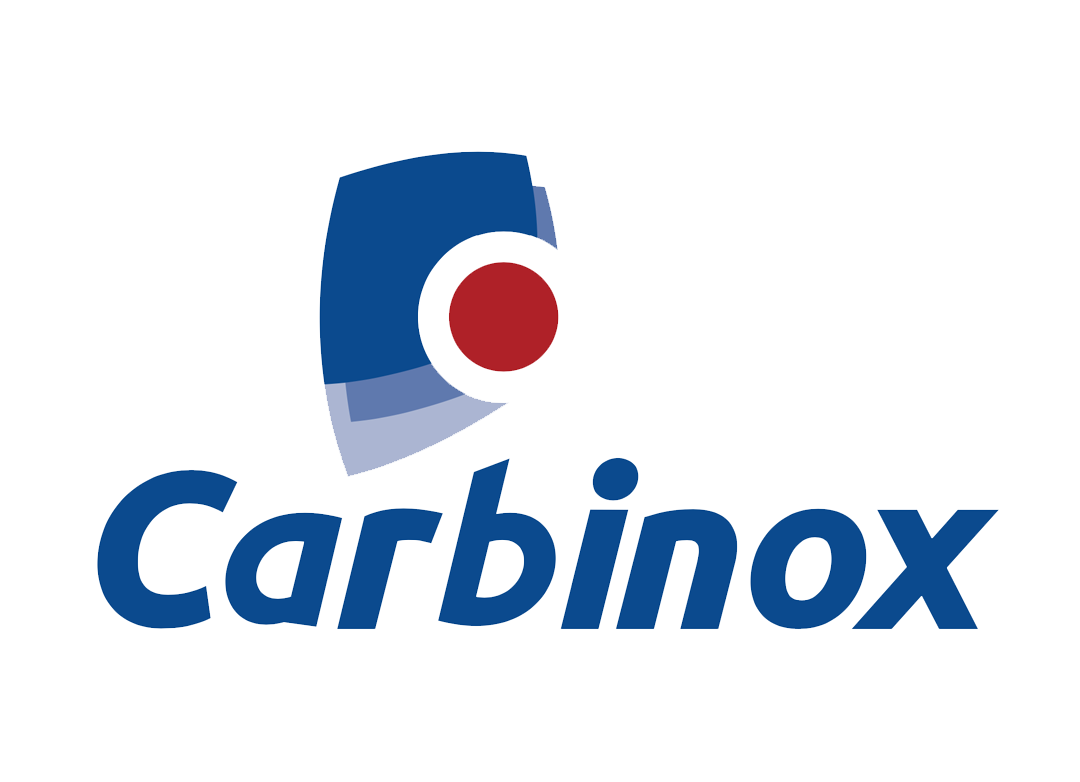Seamed tubes
They are produced with longitudinal welding, with or without the addition of metal, meeting the requirements of technical standards, such as: ASTM A-269 / A-312 / A-249 / A-270 / A-554 / A-778 / A- 358.
Seamless tubes
They are imported and can be produced according to different processes, depending on the need. Due to the demanding quality process, Carbinox only imports products from manufacturers that meet the requirements of technical standards, such as: ASTM A-213 / A-269 / A-312.
Main segments: Food, Chemical, Petrochemical, Textile, Pharmaceutical, Pulp and Paper, Sugar and Alcohol, Boilermaking, etc.
